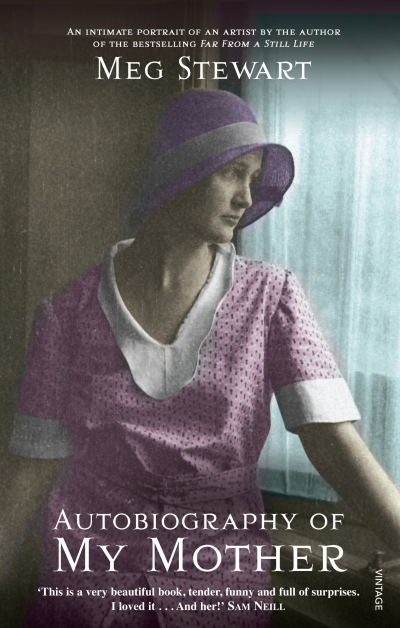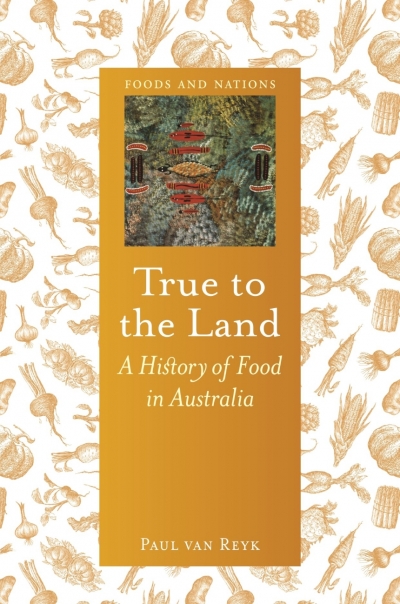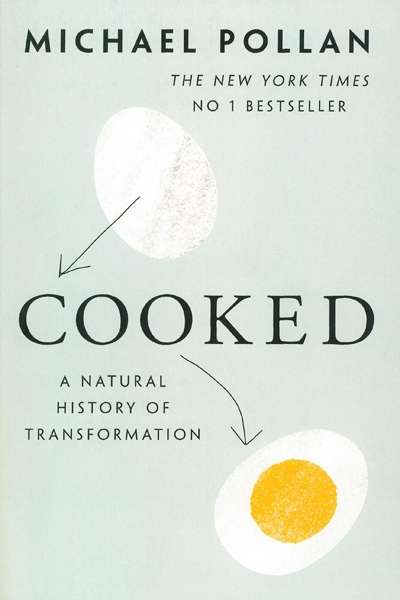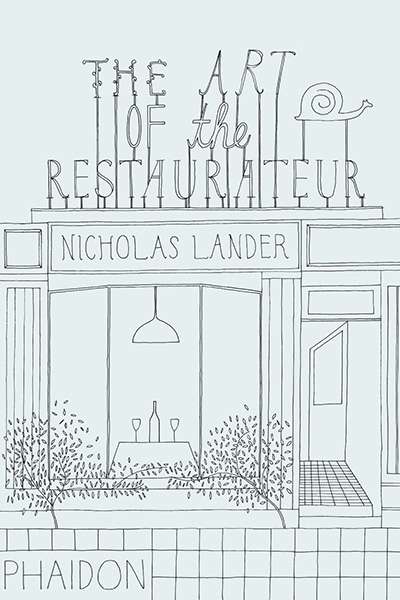In a review of several books on motherhood (LRB, 14 June 2014), Jacqueline Rose – feminist, writer on psychoanalysis, English professor, ‘public intellectual’ – interprets Adrienne Rich’s belief that to give birth is to testify to the possibilities of humanity, as a variation on Hannah Arendt’s formulation, in an essay on totalitarianism, that ‘freedom is identical with the capacity to begin’. As bearers of new lives, women are thus the repositories of tremendous power, which is undermined by the patriarchy. Arendt’s collection of essays Men in Dark Times (1968) provided the framework for Rose’s exhilarating, disturbing, ‘scandalous’ (Rose calls for a ‘scandalous feminism’ in the preface) book, Women in Dark Times.
...
(read more)










